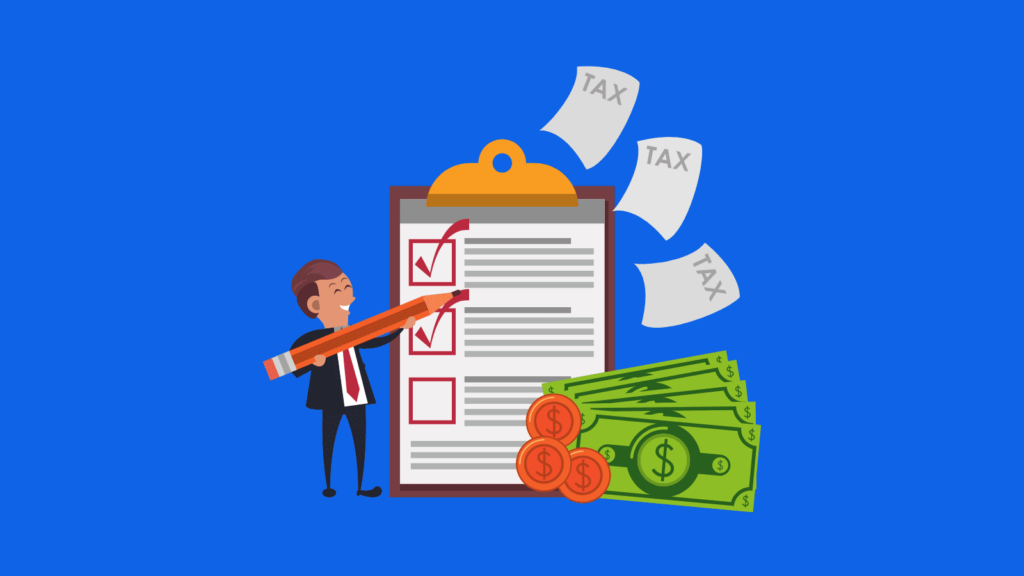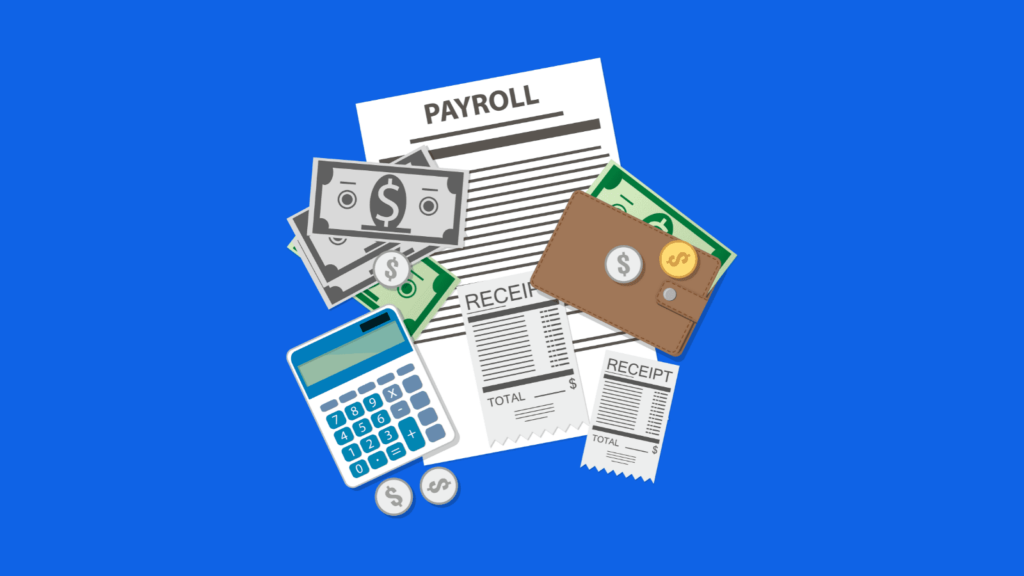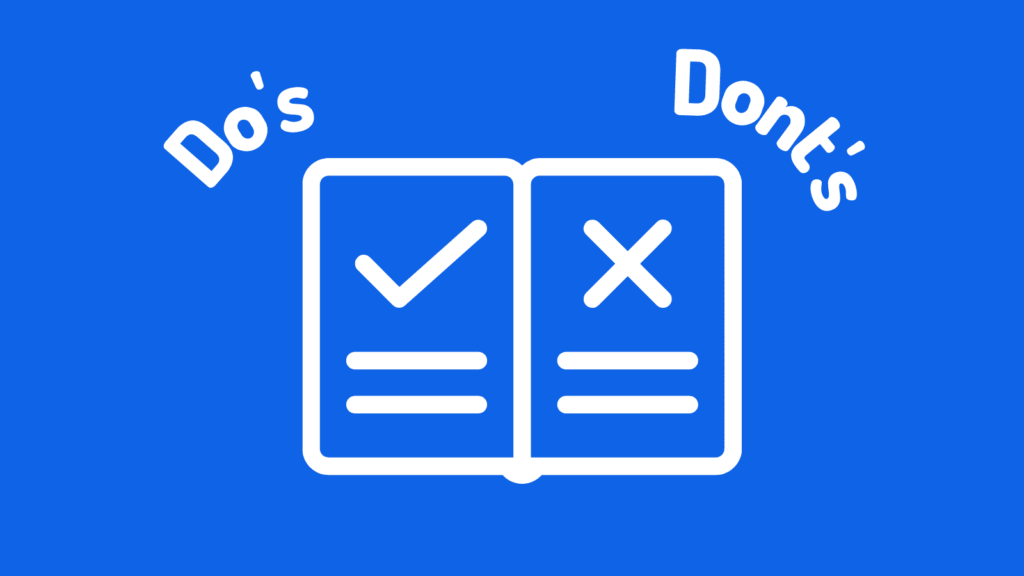How Far Back Can the IRS Audit a Business?
December 5, 2022

peakreliance
Accounting, Bookkeeping
Getting a notification from the IRS about an audit may completely destroy your day. How far back may you be audited by the IRS? It is only normal to be concerned about an IRS audit, especially given how long they may go. Internal Revenue Service audits typically cover a period of no more than three years, although there are several exceptions.
What is an audit?
An audit for companies usually means a financial statement audit and it is the most common type of audit. A financial audit is an objective review and evaluation of an organization’s financial statements to ensure that they are a fair and accurate portrayal of the transactions they purport to reflect. The audit might be performed internally by organization workers or externally by a Certified Public Accountant (CPA) company.
The word “audit” may make you sweat instantly, but knowing what it is and how the Internal Revenue Service (IRS) operates may help you feel a little more at ease. Some audits are minor inconveniences, while others are burdensome. When the IRS audits your company, they conduct a thorough examination of your financial records. This includes reviewing your financial statements and ensuring that they correspond with your bookkeeping.
They usually want to make sure you aren’t underreporting your income or overreporting your deductible expenses. In either situation, you are declaring a lower tax liability than you actually have.
What triggers IRS to conduct audit?
It’s impossible to predict an audit. But they’re prompted for one of these three reasons:
- Random choice through the IRS system,
- Computer screening of returns that fall outside the IRS norms,
- Related examination in case your tax return is connected to another taxpayer who is being audited, you may be audited because of your connection.
The different ways you can be audited
There are 3 ways in which IRS can do this:
- Correspondence audit: The IRS will request further information through email or regular mail. Typically, this is due to an income omission or some major miscalculation. You must pay the amount specified in the communication, contest it with a lawyer, and/or submit the relevant documentation, such as receipts for deductions or missing W2 forms.
- Office audit: The IRS may choose to have an in-person interview with you. You will need to visit the IRS office. It’s a good idea to have a CPA or a lawyer with you. You may wind up paying more in taxes or penalties, or you may not have to pay anything at all if you contest it.
- Line-by-line audit: This was selected at random. The IRS examines each line of your tax return in order to create the “norms” that will trigger future audits.
What do you need to provide?
You will get a formal request from the IRS requesting the precise records we need to view. The records that the IRS could ask for are listed below.
- Bills
- Canceled checks
- Legal papers
- Loan agreements
- Receipts
Some electronic records generated by tax software are accepted by the IRS. In place of or in addition to other records, the IRS may seek these.
The law mandates that you maintain all the documents you used to complete your tax return for a minimum of three years from the filing date.
How far back can an audit go?
In an audit, the IRS typically considers returns filed during the last three years. However, the IRS may audit more preceding years if a significant mistake is found during the audit process. The IRS seldom conducts audits that stretch back more than six years.
Although there is no statute of limitations for some tax matters, the IRS has a six-year statute of limitations for audits. There is no time restriction for an audit, for example, if Form 3520, which is related to foreign income or inheritances or gifts exceeding $100,000, is not filed.
Consequences of an Audit
Three outcomes are possible for an audit:
- No change: an audit in which all the things under evaluation have been validated and there are no errors or understated returns.
- Agreed: a review in which the IRS suggested adjustments, and you accept and understand them.
- Disagreed: An audit in which the IRS has suggested adjustments, which you comprehend but with which you disagree.
A Tex Levy
A tax levy is a result of an audit and allows the IRS to lawfully collect your property to satisfy a debt, might result after an audit. Your assets may be confiscated to cover your tax bills if you owe money and fail to reply to IRS notifications CP501 or CP504 (Notice of Demand for Payment and Final Notice of Intent to Levy, respectively).
Such assets include:
- Wages
- Bank accounts
- Real estate
- Retirement income
- Social Security
How can Peak Reliance help?
Your books should be the first thing you organize if you’re concerned about an audit. Our team at Peak Reliance specializes in assisting proprietors of small businesses that have gotten behind with their accounting. Our knowledgeable bookkeepers can assist you to organize your finances so that you are better prepared to handle any tax issues.
Once your financial records are up to date Peak Reliance will also help with filing your late taxes, determining your tax due and even advocating for you before the IRS. Check out our pricing plans or call us at +1 (718) 218-5558 for more information. You can also email us at [email protected]
Post Tags :
IRS, IRS Audit
About Us
Empowering small businesses and individuals with efficient and reliable bookkeeping & tax services.



















